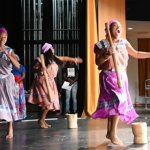Tips for Effectively Writing and Talking About Your Work
Brigitta Varadi, ChaNorth Residency Director and Artist, walks you through the process of writing and talking about your work.
Whether you’re working in the visual, literary, or performing arts disciplines, being able to speak and write about your work effectively unlocks opportunities. Yet, it can be a difficult and intimidating process to distill everything you do into a few simple words.
NYSCA/NYFA Artist Fellow Brigitta Varadi knows this firsthand, and is here to walk you through the process–drawing upon both her empathy as a fellow artist and experience as a Residency Director at ChaNorth.
Intention and Reflection
When Varadi first started out, she found she was burning out due to a lack of a clear direction for herself and her practice.
To help you ground yourself and your work, she recommends asking yourself two questions:
- What is the vision you have for yourself in five years’ time? Where do you see yourself as a practicing artist?
- As an artist, what kind of opportunities interest you?
Once you’ve jotted down some opportunities of interest, do your research. Find out what the organization offers, and who else has either participated in the opportunity or is a part of their roster. Your research can go deeper, investigating individual artists or collectives and their trajectories so that you might draw inspiration from their path.
Even if you don’t feel like you’re ready for an opportunity that you’re interested in, Varadi recommends downloading the application materials and studying them so that when you are ready, you’ll be prepared.
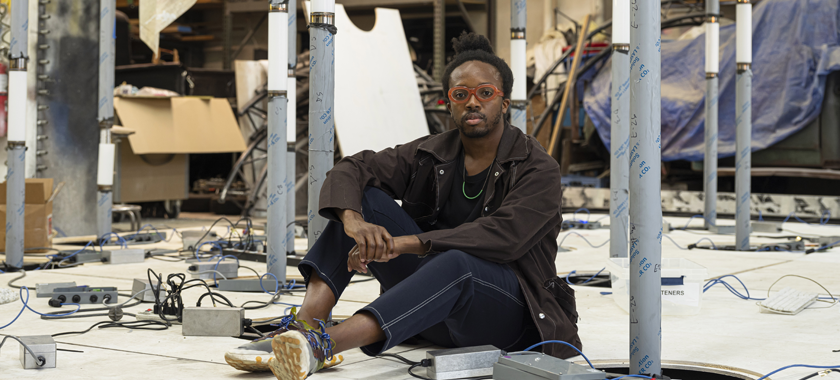
What Jurors and Panelists Look for
In most situations, you are competing against hundreds and potentially thousands of other artists for the same opportunities.
Varadi stresses that your images are the most important part of your application, since most jury panels view images in the first round. Supporting materials, like the artist statement/work statement, bio, technical statement, etc are typically viewed in later rounds.
With this in mind, Varadi says that “It is crucial to nail your artist statement and get it right. Your statement must clearly communicate your work, and be grounded in your practice. Speak simply, and in a way that will both connect with the jury and support your images.”
Put yourself in the jury’s shoes when reviewing your statement. Will it stand out as one of the 3,000 submitted?
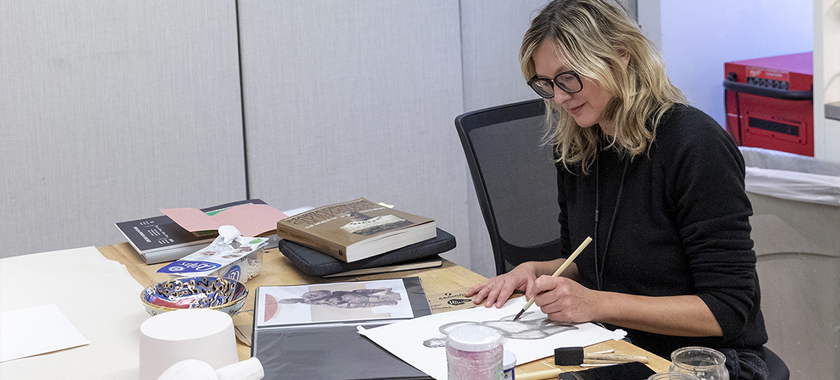
Artist Statement: An Overview
The artist statement is a general overview of your practice. Typically written in 3rd person, it should give a brief introduction to the idea, the theme, and methods within your practice. In essence, it should answer three simple questions: What do you make, why do you make it, and how do you make it (process)?
An artist statement is not a bio, though the two are commonly confused. What’s the difference? Varadi summarizes it succinctly: A bio is about you as a person (career accomplishments such as education, shows, residencies, fellowships, etc), while an artist statement provides an overview of your practice. An artist statement is also not meant to be an in-depth exploration of specific works, which is reserved for something often referred to as a work statement.
These statements are typically between 100-300 words. Varadi recommends keeping it short–between 80 and 100 words–unless the opportunity specifies otherwise. Why? “Audience engagement research at museums found that visitors lose interest after 150 words. If you read your text and you notice your attention span going, it is too long.”
When you are writing your artist statement, consider how you might describe yourself and your work when meeting someone in person. Read your statement. Does it sound like you? Varadi warns against “artspeak,” or jargon, because it is very hard to connect to. Use proactive language, steering clear of “I’m hoping to achieve,” “What I’m trying to do,” or “What I would like to do,” as all weaken your statement.
Says Varadi: “This is your uniqueness. Your work is unique because it is coming from you. You must focus on your own experience and story.”
Usually, the first sentence is your name and what type of art you do. After establishing that, you want to have a strong opening that connects with readers. “Be honest, coherent, and clear, and make sure that your statement is really grounded in your practice,” says Varadi. “You can also focus your artist statement on topics and techniques that are not obvious to the viewer, answering questions like ‘How is this work made?’ and ‘What is this work about?’”
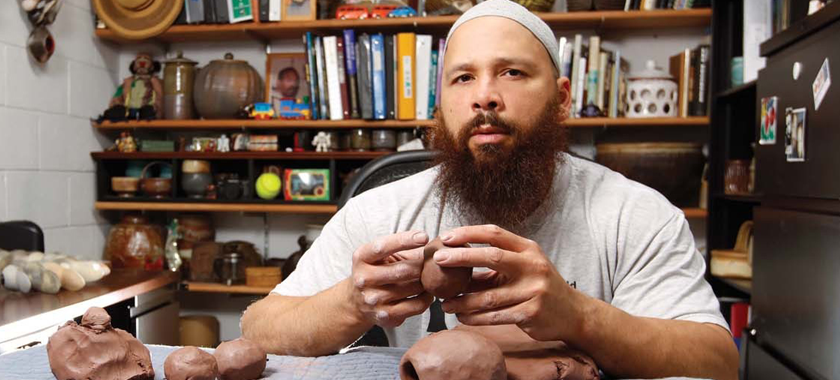
The 80-100 Word Statement
Now that we’ve established that shorter is better, how do you hit the word count and what do you include to make sure that it resonates with readers? There are many ways to approach writing your artist statement, and the exercise below is just one of them.
To begin, Varadi suggests asking yourself these four questions:
- Who: Who are you? State your name and what type of artist practice you have in one sentence.
- What: What are you doing, making, creating? List all of the mediums.
- Why: What is your work’s purpose or philosophy? This answers the “Why,” and is the hardest part to tackle. Use simple words, and be honest.
- How: How do you make your work? What are your methods and materials? Share anything that is unique to your process or not immediately visible in your work samples.
Try answering those four questions as succinctly as possible. Then, it can be helpful to color code the parts of the statement that help answer the “Who,” “What,” “Why,” and “How” of your work. Your statement doesn’t need to answer those questions in any order; it just needs to speak to each. Varadi says it should at least cover the Who, What, and Why. You can also try this exercise with a friend, having them answer the questions verbally. You can then distill their answers down.
Try to keep your artist statement between 80-100 words, or up to 140 words max. If an application requires a higher word count of 400-500 words, Varadi advises breaking up your answers to correlate to the above questions, and expanding them into separate paragraphs (For example, a paragraph discussing just the “How”).
During the process of drafting and revising, read your statement out loud. Varadi recommends having friends or family read your statement and mark when their attention starts to stray in order to help you craft a more successful, engaging statement. Refine it to a place that feels authentic to you, and consider it a way of telling readers the story of yourself and your work.
If you’re speaking in generalities, push yourself to dive deeper while still using language that is accessible to anyone who might be reading. You want your statement to build on the strength of your images, writing, or media, and provide them with a better snapshot of who you are, and why they should give you the opportunity to expand on your practice.
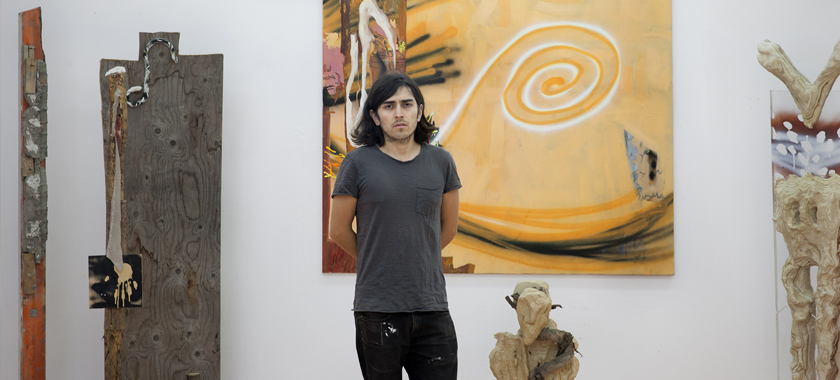
Example Artist Statements:
Tiffany Smith is an interdisciplinary artist from the Caribbean diaspora working in photography, video, installation, and design. Using plant matter, design and home decor elements, pattern, and costuming as cultural signifiers, Smith creates photographic portraits, site responsive installations, user engaged experiences, and assemblages focused on identity, representation, cultural ambiguity, and displacement. Visual references from an array of multi-cultural influences inform constructed environments that serve to articulate cultural subjectivities that oscillate between visitor and native roles. Smith’s practice centers on what forms and defines communities of people of color, in particular; how they are identified and represented, and how they endure.
Portia Munson is a visual artist who works in a range of mediums including photography, painting, sculpture and installation and focuses primarily on environmental and cultural themes seen from a feminist perspective.
Kelly Olshan’s work responds to the idealism and anxiety of endless striving, grappling with a relentless fixation on a better elsewhere. Her 3D paintings and site-responsive installations invite the viewer to navigate an imagined landscape. Abstracted staircases defy spatial logic: rendered impossible to climb, they provide false pathways to an inaccessible place. Disjointed but interconnected, these structures weave through imagined skyscapes, waterscapes, and distant horizons that never arrive.
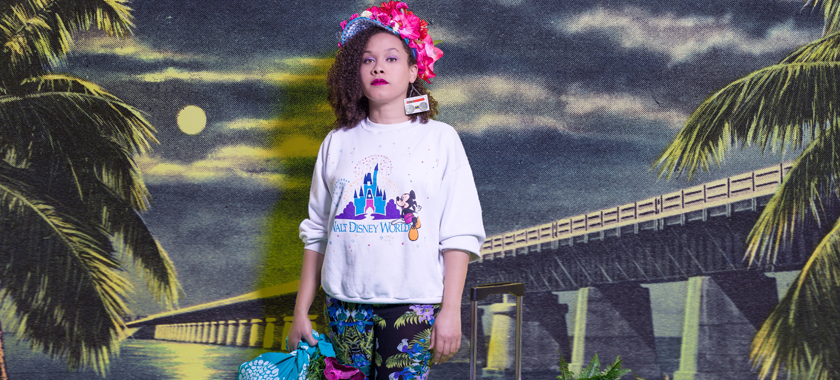
Cultivating Opportunities through Networking
When it comes to cultivating art opportunities, Varadi recommends activating your existing network.
She acknowledges that the term “networking” can be puzzling, and it can feel intimidating. She encourages artists to think about their network like a spider web that is all around them. “As something drops on one end of the spider web, it resonates with you. So if your name or work is mentioned somewhere else, it creates an impact on your practice,” says Varadi.
She continues: “Every single person we meet, or exchange words with, or who sees your work could potentially become our network. And that network is your support system.”
Varadi notes that your network can be both visible and invisible. Those in your visible network include family, friends, social circles, collectors, gallerists, or anyone who experiences or interacts with your work. “Never underestimate the situation and the people you meet and the benefits each person could bring to your career. You never know who is who, and networking is a slow burn. It sometimes takes 3, 4, 5, 6 years when something starts to come back your way,” she says.
The invisible network comprises those who you don’t see. For example, when you send your application to a residency program, the jury still saw your work and may potentially remember it in the future. This could also take the form of people seeing your work online, in a magazine, in a gallery space or performance setting when you’re not there (or you don’t meet them!). Though you may not know everyone who forms this network, it is still important to consider as you apply to opportunities and put your work out there. It also underscores the value of submitting a strong application, even if you don’t end up getting every opportunity you apply for.
Varadi emphasizes the importance of maintaining connections: “Your network is basically your own PR machine. And to maintain your network is to be nice, be kind, be giving. You’ll get back as much as you give out.”
For more on this topic, click here to view an artquest.org.uk article Varadi shared on networking for artists.
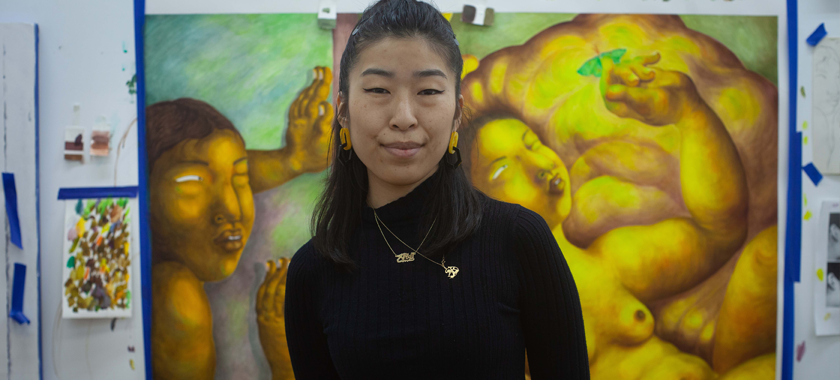
About Brigitta Varadi:
Brigitta Varadi is a Hungarian-born self-taught artist who lives and works in Pine Plains, NY.
Varadi is a 2021 NYSCA/NYFA Artist Fellow in Interdisciplinary Work and a grant recipient from The Arts Council of Ireland, Leitrim County Council (Ireland), Roscommon County Council (Ireland), and Culture Ireland. She has been awarded residencies at MacDowell (Peterborough, NH), the Museum of Arts and Design (New York, NY), Civitella Ranieri Foundation (Umbria, Italy), NARS Foundation (New York, NY), The Marble House Project (Dorset, VT), Wassaic Project (Wassaic, NY), LOCIS-European Cultural Program (Sweden, Poland, Ireland), and Leitrim Sculpture Centre (Co.Leitrim, Ireland), among others.
Her work is found in public collections including a site-specific government commission for The Department of Education and Science, Athlone, Ireland, in addition to a recently-completed collaborative public art commission for Sligo County Council, Ireland.
As the Residency Director of ChaShaMa North (ChaNorth) nonprofit organization in New York City, Varadi supports the artists community through creating diverse programming and an environment that fosters cross-disciplinary exchange of ideas, perspectives, and expertise.
–Compiled by Amy Aronoff, Senior Communications Officer
These insights were shared as part of “Writing & Talking About Your Work,” a presentation Varadi gave in partnership with NYFA and the Office of the Arts, City of Alexandria.
You can find more articles on arts career topics by visiting the Business of Art section of NYFA’s website. Sign up for NYFA’s bi-weekly newsletter to receive artist resources and upcoming events straight to your inbox.
NYFA Learning provides artists, creators, students, and arts administrators with tools, strategies, and advice for building sustainable careers. We collaborate with organizations, academic institutions, and cultural partners to bring our programs to a broad range of national and international creative communities.


